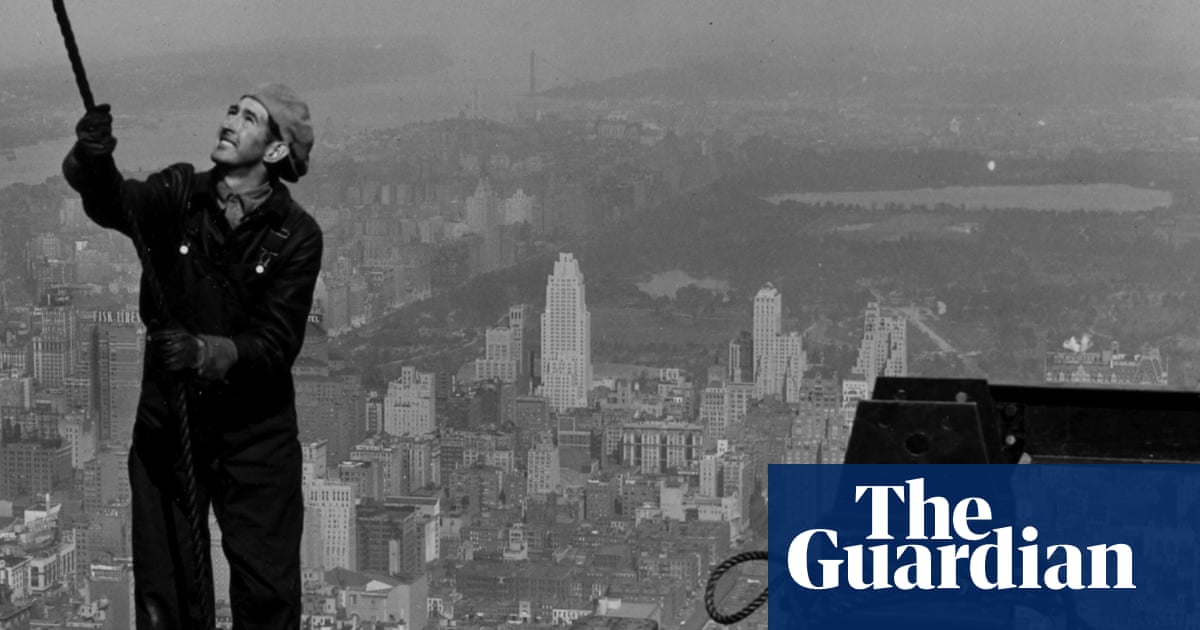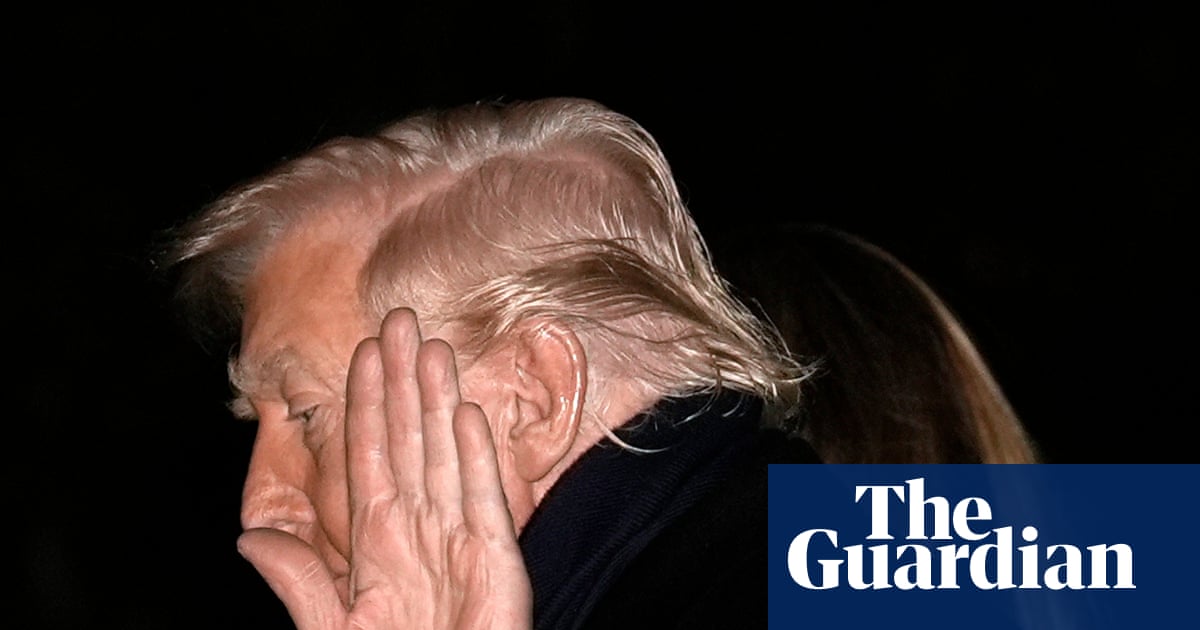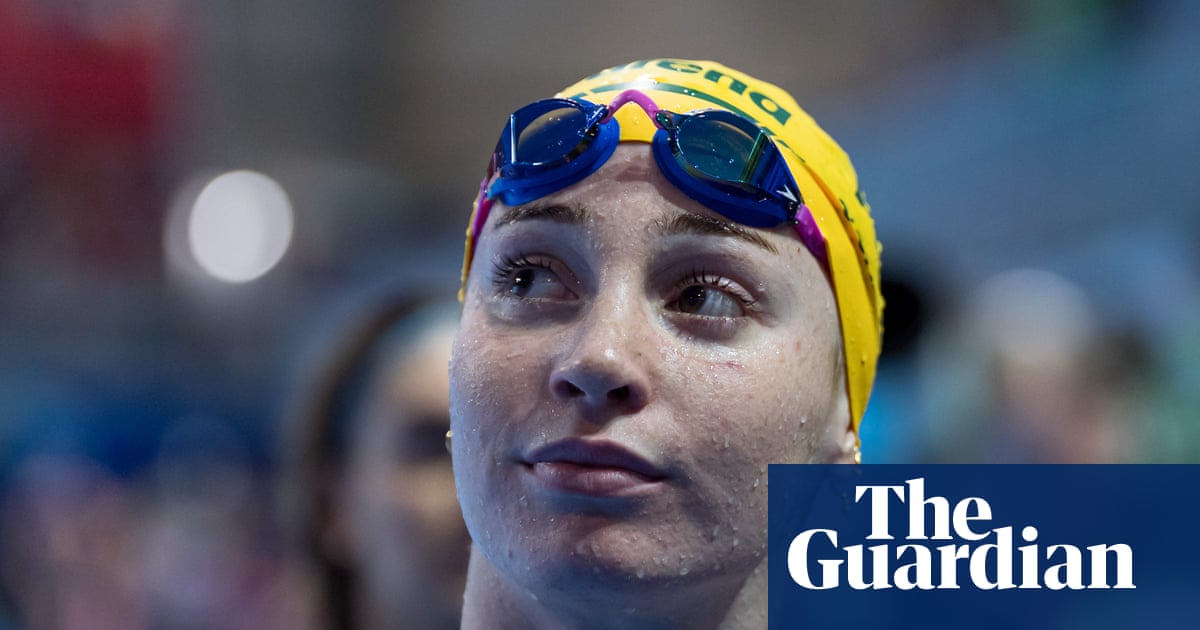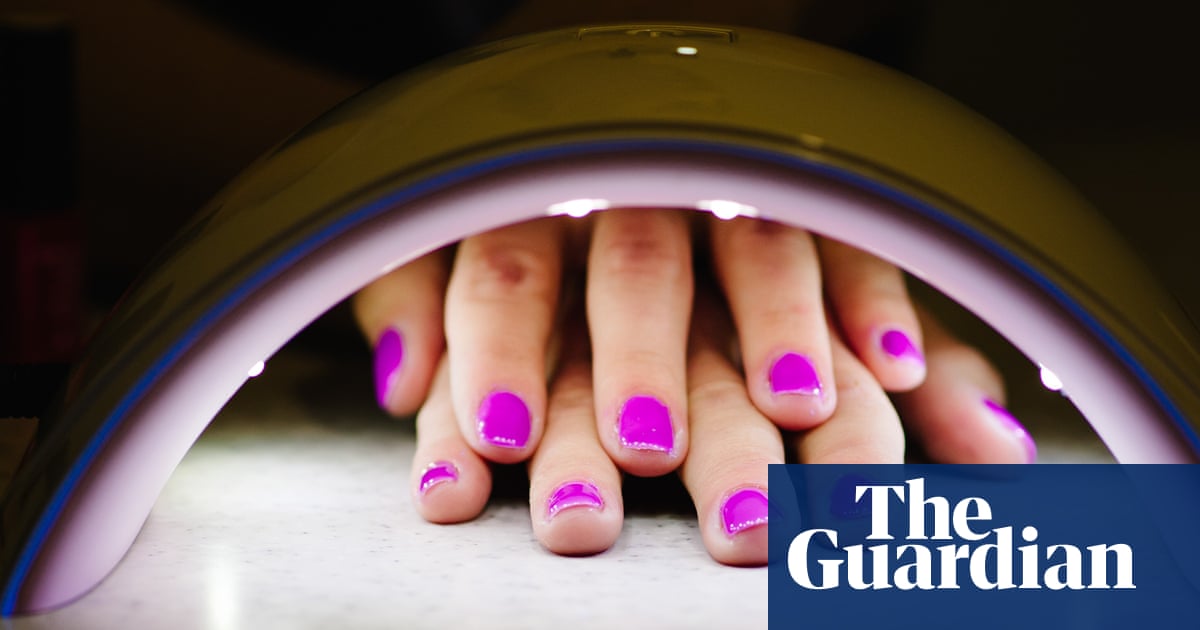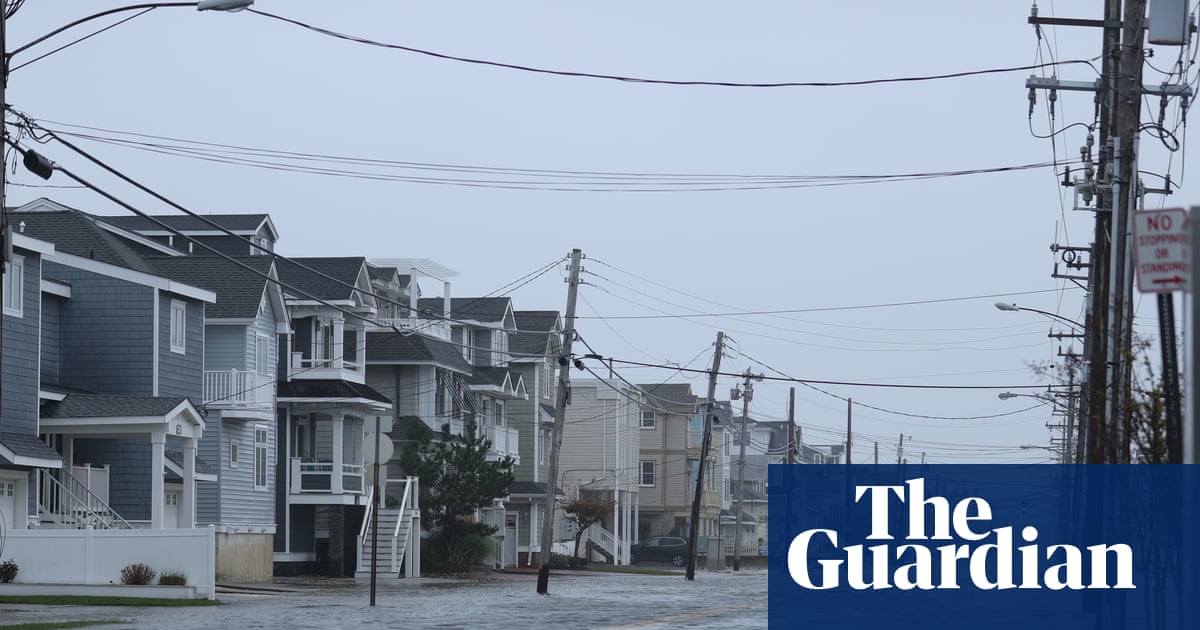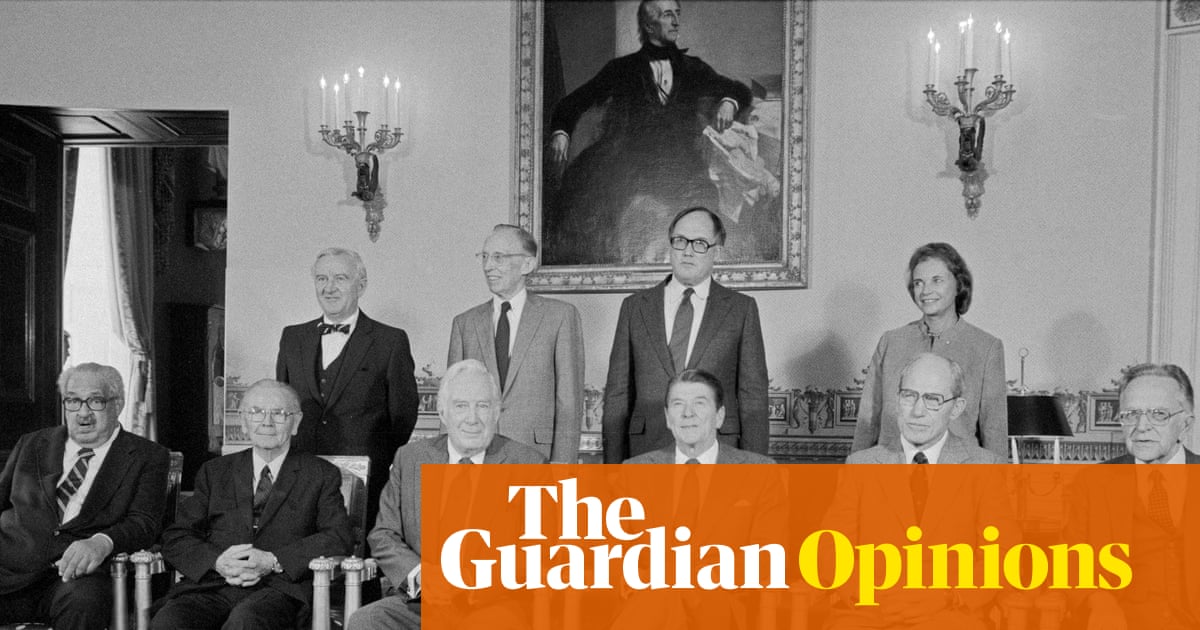One of the most powerful images of the first lady of the United States is her first official portrait. Released by the White House and housed in the National Archives, it commemorates the start of their time in office but also carves out a sense of their identity and style.
Now, 16 years since Michelle Obama appeared in hers wearing a black sleeveless shift dress from the American designer Michael Kors, the former first lady has spoken about the particular outrage caused by her bare arms.
Writing in The Look, a new photo book released on Tuesday that documents her style throughout her time in the White House, Obama describes how the media and public’s “fascination” with her bare arms was used as a tool to “otherize” her.
The book – which also includes insights from Obama’s stylist Meredith Koop, as well as designers who dressed her for events – aims to offer an insight into how Obama used fashion as a tool for visibility and representation. The American academic Farah Jasmine Griffin writes in a foreword that Obama’s choice of skirts and slacks, and her support of emerging Black, Asian and Latina designers, “lent style to her substance, for always she was a woman of substance – a highly educated woman of ideas and opinions, a woman who reads, listens to music, dances, and has a sense of what our country could be and how to help it get there”.

Obama’s preference for a sleeveless silhouette had been well documented. “Michelle Obama goes sleeveless again” read a story in the New York Times as it highlighted how four out of seven of her looks in a single week had been without sleeves, including a pink dress on the cover of Vogue and a blue one as she was pictured chatting to chefs in the White House kitchen.
However, it was the appearance of her biceps before Congress as she accompanied her husband, Barack, to his first address to a joint session that really upset her critics, who derided it as everything from “too informal” to “inappropriate” and “out of season”. “Up In Arms,” read one headline. Another tried to coin “Sleevegate”.
Although previous first ladies, including Jacqueline Kennedy, had worn sleeveless dresses, Obama notes that they never caused what she calls an “uproar”.
“While I am certainly not the only First Lady to get scrutinized – Hillary was constantly dinged for her preference for pantsuits, and Nancy Reagan was lambasted for her love of haute couture – this felt different,” she writes.
“Barack and I were being portrayed as Black people who didn’t understand the ‘rules’ of the rarefied world we had found ourselves in and were not unequivocally welcomed into.”
It was one of many incidences where her style choices were deemed to be “un first lady like”, Obama writes. In 2009, while on a trip to the Grand Canyon to highlight the country’s national parks, she wore shorts, a tank top, an oversized shirt and hiking trainers, attire she felt appropriate for both the rugged terrain and hot weather.

The Washington Post fashion reporter Robin Givhan was scathing, calling it “common” in an article that Obama says “I found particularly painful”.
“I’d grown to expect this kind of commentary from men and political opponents, but it was upsetting to me that a fellow Black woman would contribute to the pile-on. We were seven months into a brand-new administration, and I was the first Black First Lady trying to find my way.”
Obama also reveals struggles within her own team around the “the angry Black” woman stereotype. At one point on the campaign trail, the Obamas’ communications team suggested she modify her facial expressions.
“I’d proven to be an impactful solo orator, and in some places, I was drawing even bigger crowds than Barack’s opponents. And so I was shocked when our communications team shared notes, rather sheepishly, that I should be careful of my tone and facial expressions, because my passion and humor could be weaponized against me.
“I can’t remember the first instance I was described as ‘angry’ by the press, only that it was often enough that articles and academic papers have since been written about the phenomenon. While I intellectually understood how that ‘angry Black woman’ trope could be used against me – and frankly, why Black women should be angry – in these instances, I was simply speaking my truth.”
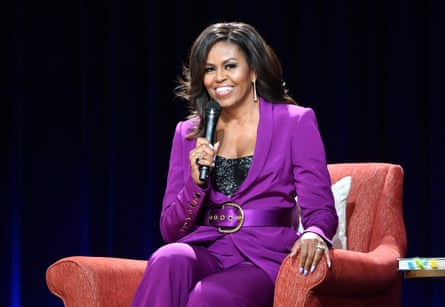
Despite her critics, Obama was hailed for many of her choices and for creating opportunities for emerging designer names. For the inaugural ball she was expected to wear Oscar de la Renta, a designer with a long history of dressing first ladies. However, Obama instead chose a gown from Jason Wu, an up-and-coming Taiwan-born and New York-based designer who was raised in Vancouver.
“Wearing his dress would signal to the world that I was willing to buck the establishment by silently countering the edict ‘this is how it’s always been done’ in the White House,” she writes, adding: “We can’t change history with that attitude.” Images of Obama in Wu’s white silk chiffon one-shoulder gown is now housed in the Smithsonian’s National Museum of American History, and instantly amplified his career.
Obama also writes how serving during the height of a US recession led her to make different choices. While Nancy Reagan was known for her love of haute couture and Kennedy favoured Chanel, Obama became known for her “high-low” approach. Alongside designer labels she wore high street fashion labels including H&M, Target and J Crew. “As First Lady, you’re put on a de facto pedestal because the role has historically carried so much ceremonial significance, representing the notion of womanhood itself, of femininity and the spousal ideal,” she writes. “I knew that I had to define my own fashion philosophy, and I was not interested in a “look, don’t touch” approach. If anything, I wanted to invite people in: for an embrace, or a meaningful conversation, and even into the White House, which, from the day we moved in, I wanted to be as open and welcoming as possible (and as security would allow). My clothing had to reflect that.”

 3 weeks ago
20
3 weeks ago
20
